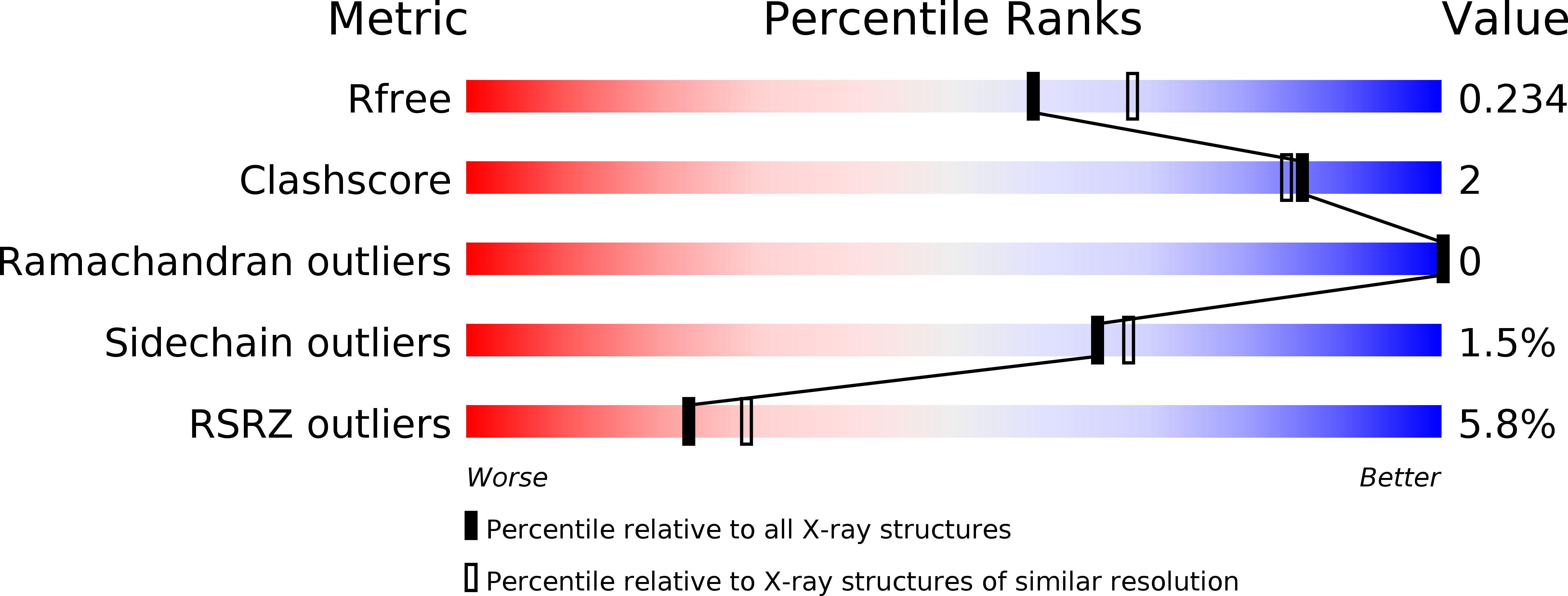
Deposition Date
2011-03-25
Release Date
2012-03-28
Last Version Date
2023-11-01
Entry Detail
PDB ID:
3R9C
Keywords:
Title:
Crystal structure of Mycobacterium smegmatis CYP164A2 with Econazole bound
Biological Source:
Source Organism:
Mycobacterium smegmatis (Taxon ID: 246196)
Host Organism:
Method Details:
Experimental Method:
Resolution:
2.14 Å
R-Value Free:
0.23
R-Value Work:
0.20
R-Value Observed:
0.20
Space Group:
P 2 21 21


